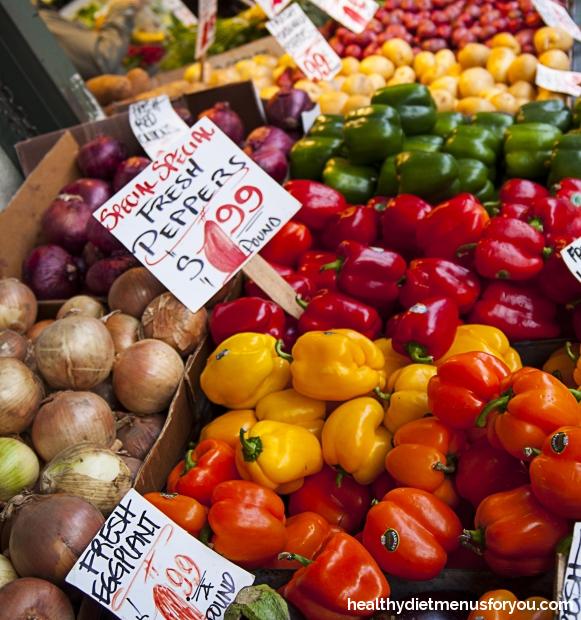For just about any diet plan, there is an aspect of calorie counting. Calories are tiny units of energy that are meant to be used by your body as fuel. Too few calories and your body does not have enough fuel to function properly, too many calories and you have excess, which is often stored as fat.
On a diabetic diet, maintaining a healthy diet is important not just to your waistline, but to your health. To maintain healthy blood glucose levels, people on a diabetic diet often need to have a fair amount of control over what they eat and the calories they consume.
Controlling your calories does not just mean counting, however. A big part of controlling your calories, especially for a diabetic diet, is making those calories count. You want your calories to come in the form of healthy and satisfying foods rather than “empty” calorie foods that leave you unsatisfied and can spike blood sugar levels.
More than likely, your physician or dietician has given you an idea of how many calories to eat per day. For some, this number can seem stifling and leave you hungry. If you pay attention to the foods you are eating and make good decisions, however, your daily calorie allotment can go a long way.
Choose Filling Foods
Foods that are high in fiber can help maintain blood sugar levels as well as reduce the risk of heart disease. High fiber foods also help keep you full longer, making the best use of every calorie you ingest.
 Fruits and Vegetables
Fruits and Vegetables
A diet rich in plant based fiber and plenty of fresh fruits and vegetables is part of any well balanced healthy diet. Even better, many fruits and vegetables have very low calorie counts, which means you can eat your fill and have plenty of calories left on your register.
Carbohydrates
Avoid simple carbohydrates such as pasta and white bread; they break down into sugar almost immediately. Instead, opt for complex carbohydrates found in vegetables and beans.
Fats
Just like carbohydrates, there are good and bad fats. Good fats are found in foods such as fish, avocado, and nuts. They are often higher in calories, so eat in moderation, but they are important to any diet.
Make Substitutions
Eating healthy and controlling your calories doesn’t mean you can’t eat any of your favorite foods. Sometimes, making simple adjustments can make all the difference. For example, try whole wheat pancakes with fruit instead of your usual pancakes and syrup. You will be making better use of your calories and it will taste great.
With these basics, you can make the most out of each and every calorie. By eating the right foods, you are using each calorie to its fullest potential, getting the nutrition and energy you need and keeping you full and satisfied. You are making each of your allotted calories count, rather than just counting calories. This level of calorie control on a diabetic diet can mean a much healthier diet and blood glucose levels.
For more information on a Diabetic Diet, Click Here!!!
There are 2 types of fiber, soluble and insoluble. Soluble fiber actually acts upon blood sugars and cholesterol. Insoluble fiber keeps you “regular”.
Also a calorie is not really a calorie- some foods that are low in calories are very high in sugar or other additional problematic issues.